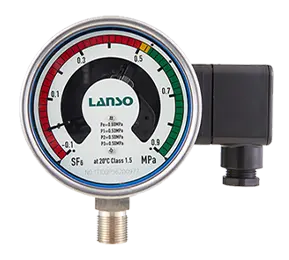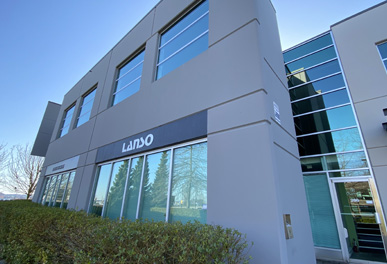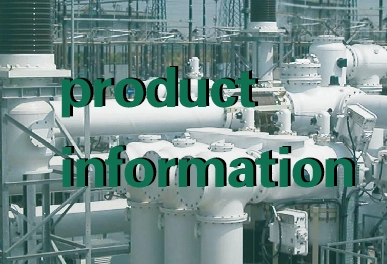In many projects, the objects that need to be measured are small pressures and negative pressures, such as measuring flue pressure, air duct pressure, pressure difference between the two ends of the filter. How should we choose a suitable pressure gauge meter? In this case, bellows pressure gauge meter, vacuum pressure gauge meter or U-tube pressure gauge meter, single tube pressure gauge meter and inclined tube pressure gauge meter are usually selected.
The elastic element of the bellows pressure gauge meter is a bellows. The general bellows is composed of two circular diaphragms with corrugations welded together, one fixed and one free. When the pressure of the measuring medium acts on the inner cavity of the bellows through the joint, the deformation of the free end bellows is transmitted to the pulling rod, which drives the gear mechanism to rotate, and then drives the pointer to display the measured medium pressure. The material of the bellows is generally copper alloy and 316 stainless steel. Because of its large force area and large output thrust, it is suitable for low-pressure and negative-pressure measurement tool. For example, the measurement range is 0~10 kPa, -20~20 kPa. It cannot be used for the measurement of high-pressure media. (You may need information about pressure gauge manufacturers)
When selecting vacuum pressure gauge meters and pressure vacuum gauges, the characteristics of the measured medium should be considered. For example, elastic components made of copper and copper alloys are only suitable for measuring low pressure and vacuum pressure of liquids and gases that do not crystallize, solidify, and have no corrosive effect on copper and copper alloys.
The difference between the vacuum pressure gauge meter and the pressure vacuum gauge is: the vacuum pressure gauge meter is based on the atmospheric pressure and is used to measure the instrument that is less than the atmospheric pressure, such as the measurement range: -20~0 kPa; the pressure vacuum gauge is based on the atmospheric pressure and is used Instruments that measure pressure greater than and less than atmospheric pressure, such as measuring range: -20~20 kPa. Their measuring principle is that the pressure of the medium causes the elastic element to deform, which is amplified by the linkage gear mechanism to drive the pointer.
When measuring low pressure or negative pressure, such as flue and air duct pressure, liquid column pressure gauges are sometimes used. They include U-tube, single-tube and inclined tube pressure gauges. The liquid column pressure gauge meter uses the principle of static pressure balance, with simple and reliable structure, low price, high sensitivity and high precision. The disadvantage is that it is inconvenient to carry, there is no over-range protection, and the measured medium and working fluid need to be matched. When the working fluid of the liquid column pressure gauge meter is determined, the measured pressure P has a linear relationship with the liquid column H. The liquid column H is often used to indicate the pressure value.
You may also be interested in these products:
Gas density meter
Pressure measuring instruments
Sf6 pressure gauge







